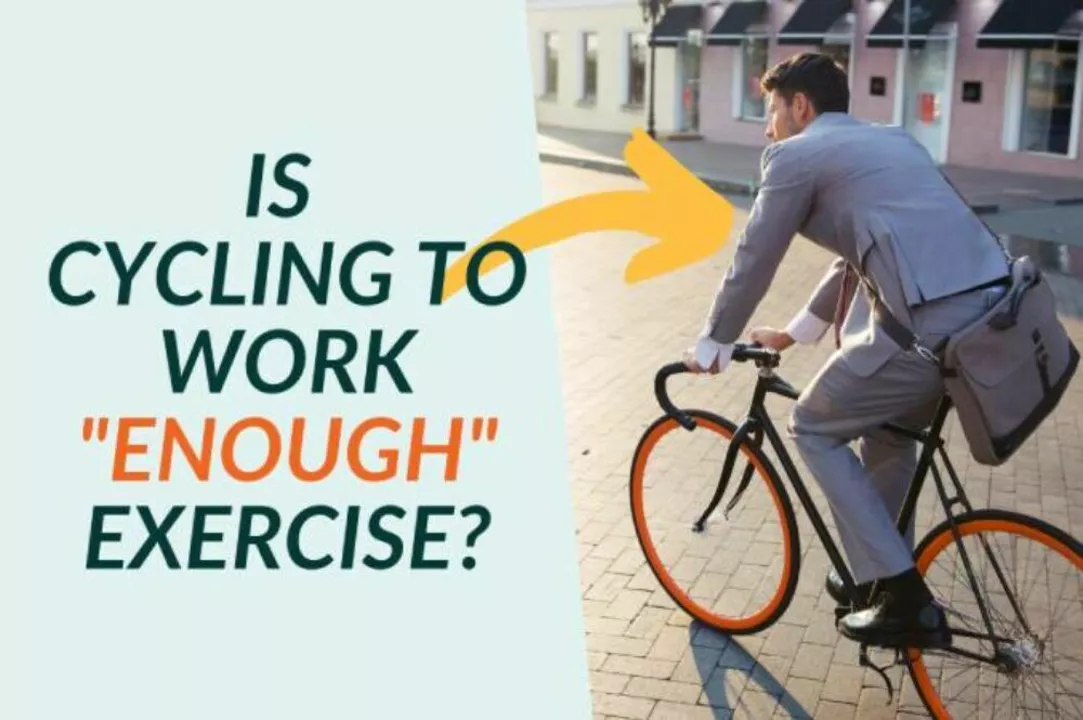April 2023: Your Go‑To Cycling Guides and FAQs
April was busy at Veloism. We answered questions about short rides, indoor training, the Tour de France, and even what to wear under your shorts. Below is a quick roundup of the most helpful posts, so you can grab the info you need without scrolling through each article.
Everyday Riding – How Much is Enough?
Wondering if a 5 km daily ride counts as real exercise? The short answer: absolutely. A five‑kilometre spin gets your heart rate up, burns calories, and builds leg strength without over‑taxing your joints. It’s also a perfect mental break – fresh air, a change of scenery, and a quick endorphin boost.
If you prefer staying indoors, we covered riding a stationary bike every day. The key is proper set‑up: adjust seat height, keep a neutral spine, and occasionally change the resistance. Take short breaks, stay hydrated, and listen to any aches. A little variation in intensity keeps you from overtraining.
For those who love long, steady sessions, we warned about two‑hour marathon rides on an exercise bike. Two hours straight can be tough on the lower back and knees if you ignore form. Split the ride into intervals, stretch between sets, and fuel with carbs and electrolytes to stay safe.
Tour de France – Speed, Teams, and Fan Love
Why can Tour de France riders maintain such high speeds for days? It’s a mix of elite aerobic fitness, muscle power, smart nutrition, and strategic drafting. Riders eat frequent, balanced meals and hydrate with electrolytes to replace what they lose on the road. The team dynamic also matters – teammates share the workload by taking turns at the front, reducing wind resistance for the whole squad.
Speaking of teams, they’re not just for show. A well‑coordinated team gives riders tactical options: chasing down rivals, protecting the lead rider, and setting up sprint finishes. The camaraderie keeps morale high and makes the race more exciting for fans.
And why does the Tour attract millions of viewers? The race blends breathtaking scenery, historic towns, and fierce competition. Over three weeks, the story of triumphs and setbacks unfolds, turning casual observers into lifelong cycling fans.
Gear & Comfort – Shorts, Underwear, and More
Can you comfortably ride without bike shorts? Yes, but you’ll need a great saddle, a well‑fitted bike, and some chamois cream or a padded seat cover. For short city rides, many cyclists skip the shorts and still feel fine. For longer trips, a bit of extra padding prevents chafing and soreness.
And what about underwear? Most experts say wearing breathable, seamless underwear under your kit helps prevent chafing and adds a layer of comfort. Choose fabrics that wick moisture and avoid cotton, which can get damp and cause irritation.
Overall, April’s posts gave you practical advice you can use right now – whether you’re logging five kilometres, tackling a two‑hour spin class, or following the drama of the Tour. Keep these tips handy, experiment with what works for you, and enjoy every pedal stroke.
Ready to dive deeper? Browse each article for detailed steps, gear recommendations, and real‑world examples. Your next ride will feel smoother, stronger, and more enjoyable.
Is it considered enough exercise to cycle 5km a day?
Cycling five kilometers a day is a great way to get in some exercise. It's a low-impact activity that's easy on the joints, and it's a great way to get some fresh air while getting your heart rate up. In addition to being a great form of cardio, cycling is a great way to build strength in your lower body and core muscles. Cycling can also be a great way to unwind and de-stress after a long day. Whether you're just getting started with an exercise routine or you're an experienced cyclist, five kilometers a day is a great way to stay active.
More